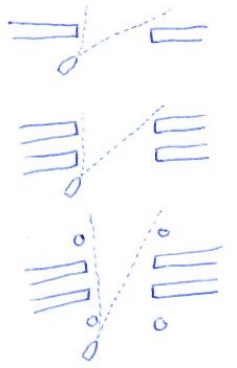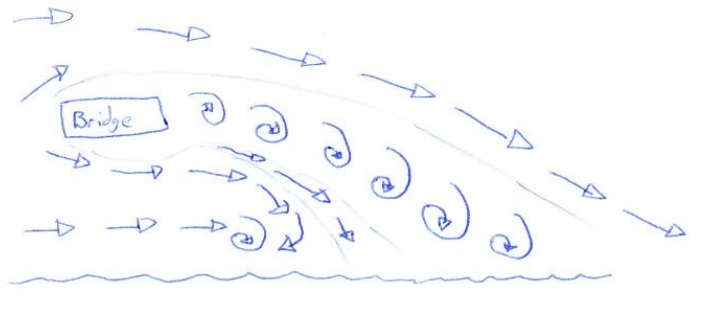Bottom compositions are notated on charts using a system of letters that convey the necessary knowledge to the navigator. At first, these markings may seem random and confusing, but when you boil the system down to it's basics it turns out to be rather intuitive.
Chart symbols referring to the bottom composition will be located amongst depth soundings and will begin with a capital letter. If the symbol is only one letter, then it will be capital. Modifiers about the bottom composition will be in lower case letters.
S: Sand
M: Mud
Cy: Clay
Si: Silt
St: Stones
G: Gravel
Grs: Grass
K: Kelp
P: Pebbles
Cb: Cobbles
R, Rk: Rock
Bo, Blds: Boulders
Co: Coral
Co Hd: Coral Head
Oys: Oysters
Ms: Mussles
Sh: Shells
Vol Ash: Volcanic Ash
Wd: Weed
Modifiers to the bottom composition are:
f: Fine
m: Medium
c: Coarse
bk: Broken
sy: Sticky
so: Soft
sf: Stiff
v: Volcanic
ca: Calcerous
h: Hard
Once you know the language, it is simply a matter of putting the words together to spell out the bottom conditions. They are always stated with the main bottom constituent first.
fS M bk Sh: Fine Sand with Mud and Broken Shells
S/M: Two layers, Sand over Mud
hS Sh: Hard Sand with Shells
Just remember that modifiers about the bottom are in lower case letters, while the bottom composition starts with a capital letter. When the bottom is composed of more than one substrate, it will be listed from main bottom constituent, followed by the lesser constituents.
























